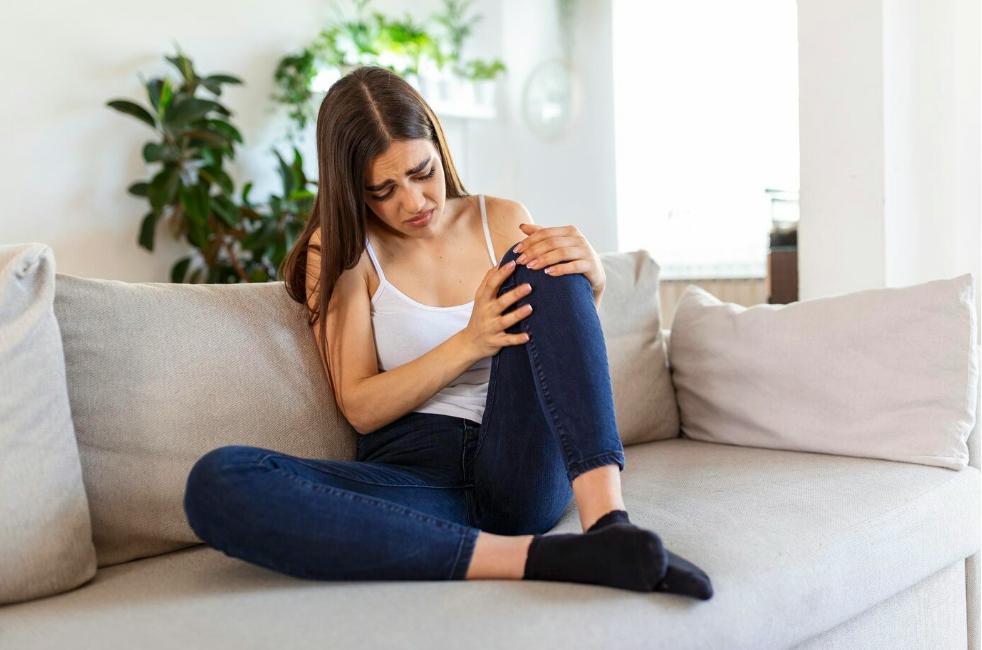Introduction
Knee pain can significantly disrupt your daily life, limiting your mobility and causing discomfort. The idea of living pain-free may seem distant, but physical therapy offers a beacon of hope for those suffering from knee pain. In this comprehensive guide, we will delve into the effectiveness of physical therapy in addressing knee pain. Can a physical therapist truly fix knee pain? Let’s explore the transformative power of physical therapy in revitalizing your mobility and restoring your quality of life.
Understanding the Complexity of Knee Pain
Common Causes of Knee Pain:
- Examine the various factors contributing to knee pain, such as ligament injuries, arthritis, tendinitis, or overuse injuries. Understanding the underlying cause is crucial for devising an effective treatment plan.
Chronic vs. Acute Pain:
- Differentiate between acute knee pain, often resulting from sudden injuries, and chronic pain, which persists over time. Physical therapists employ different strategies based on the nature and duration of the pain.
The Role of Physical Therapy in Knee Pain Management
-
Comprehensive Evaluation:
- Understand the importance of a comprehensive evaluation by a skilled physical therapist. Through a detailed assessment, therapists identify the specific issues contributing to knee pain, enabling the development of a personalized treatment plan.
-
Targeted Exercises and Strengthening:
- Explore how physical therapists prescribe exercises tailored to strengthen the muscles surrounding the knee, improve flexibility, and enhance overall stability. These exercises play a crucial role in alleviating knee pain and preventing future injuries.

-
Manual Therapy Techniques:
- Delve into the effectiveness of manual therapy techniques, such as joint mobilization and soft tissue manipulation. These hands-on methods help improve joint mobility, reduce muscle tension, and alleviate pain.
-
Gait Analysis and Biomechanical Corrections:
- Discuss how physical therapists analyze your walking pattern (gait) and correct any abnormalities. Addressing improper biomechanics can significantly reduce stress on the knee joints, alleviating pain and preventing further damage.
Personalized Treatment Plans
-
Setting Clear Goals:
- Work with your physical therapist to establish clear, achievable goals for your recovery. These goals serve as milestones, guiding the progression of your treatment plan.
-
Customized Rehabilitation Exercises:
- Explore the importance of personalized rehabilitation exercises. A tailored exercise program addresses your specific weaknesses and imbalances, promoting optimal healing and preventing recurrence.
Pain Management and Relief Techniques
-
Modalities for Pain Relief:
- Learn about various pain relief modalities used in physical therapy, such as heat therapy, cold therapy, ultrasound, and electrical stimulation. These techniques help manage pain and reduce inflammation.
-
Orthotic and Bracing Recommendations:
- Discuss the potential benefits of orthotics and braces. Properly fitted orthotics can correct foot alignment, reducing stress on the knees, while braces provide stability and support for individuals with ligament injuries.
Long-Term Strategies for Knee Health
-
Lifestyle Modifications:
- Emphasize the importance of lifestyle changes, including maintaining a healthy weight, regular exercise, and avoiding activities that exacerbate knee pain. These changes promote overall knee health and prevent future issues.
-
Post-Rehabilitation Exercises:
- Highlight the significance of post-rehabilitation exercises. Continuing with prescribed exercises after completing physical therapy ensures ongoing strength, flexibility, and joint stability, reducing the risk of relapse.

Patient Education and Empowerment
-
Understanding the Body:
- Educate patients about the anatomy of the knee, common injuries, and effective self-care techniques. Informed patients are better equipped to manage their condition and actively participate in their recovery.
-
Incorporating Preventive Measures:
- Provide practical tips on injury prevention, warm-up exercises, and proper techniques for activities such as running or weightlifting. Empowering patients with preventive knowledge enhances their overall knee health.
Conclusion – Embracing a Pain-Free Future
Taking Control of Your Knee Health
Physical therapy offers a holistic and evidence-based approach to alleviating knee pain. By working closely with a skilled physical therapist, actively participating in your recovery, and embracing long-term preventive measures, you can pave the way toward a pain-free and active future.
At OrMobility Physical Therapy & Performance, we specialize in providing personalized physical therapy solutions for knee pain. Our team of experienced therapists is dedicated to helping you regain your mobility, alleviate pain, and enhance your overall quality of life. If you’re ready to embark on your journey to a pain-free future, don’t hesitate to schedule a consultation with us today. Let us be your partners in achieving optimal knee health and revitalized mobility.
Contact us now to schedule your consultation and take the first step toward a pain-free, more active life.
OrMobility Physical Therapy & Performance


